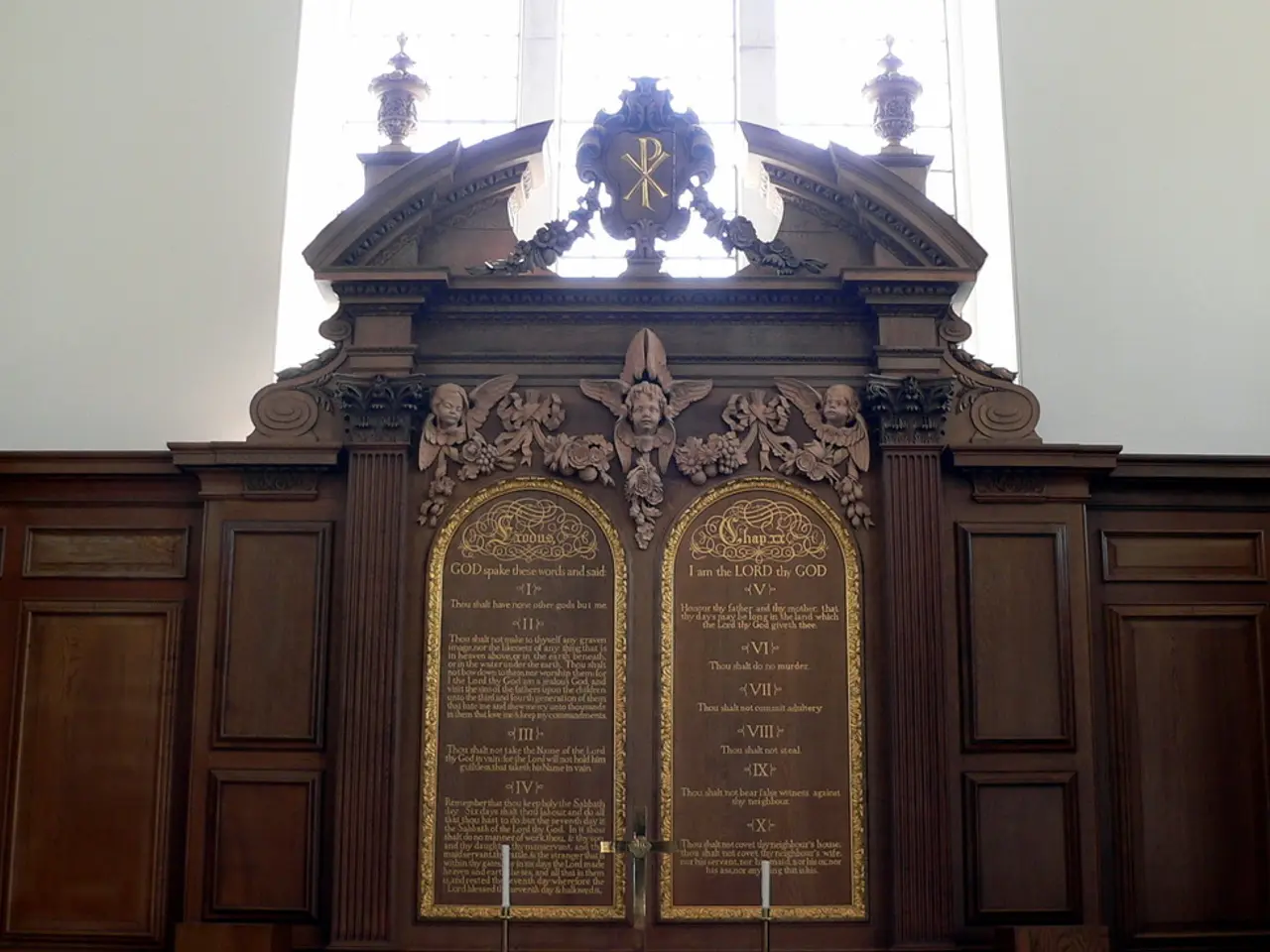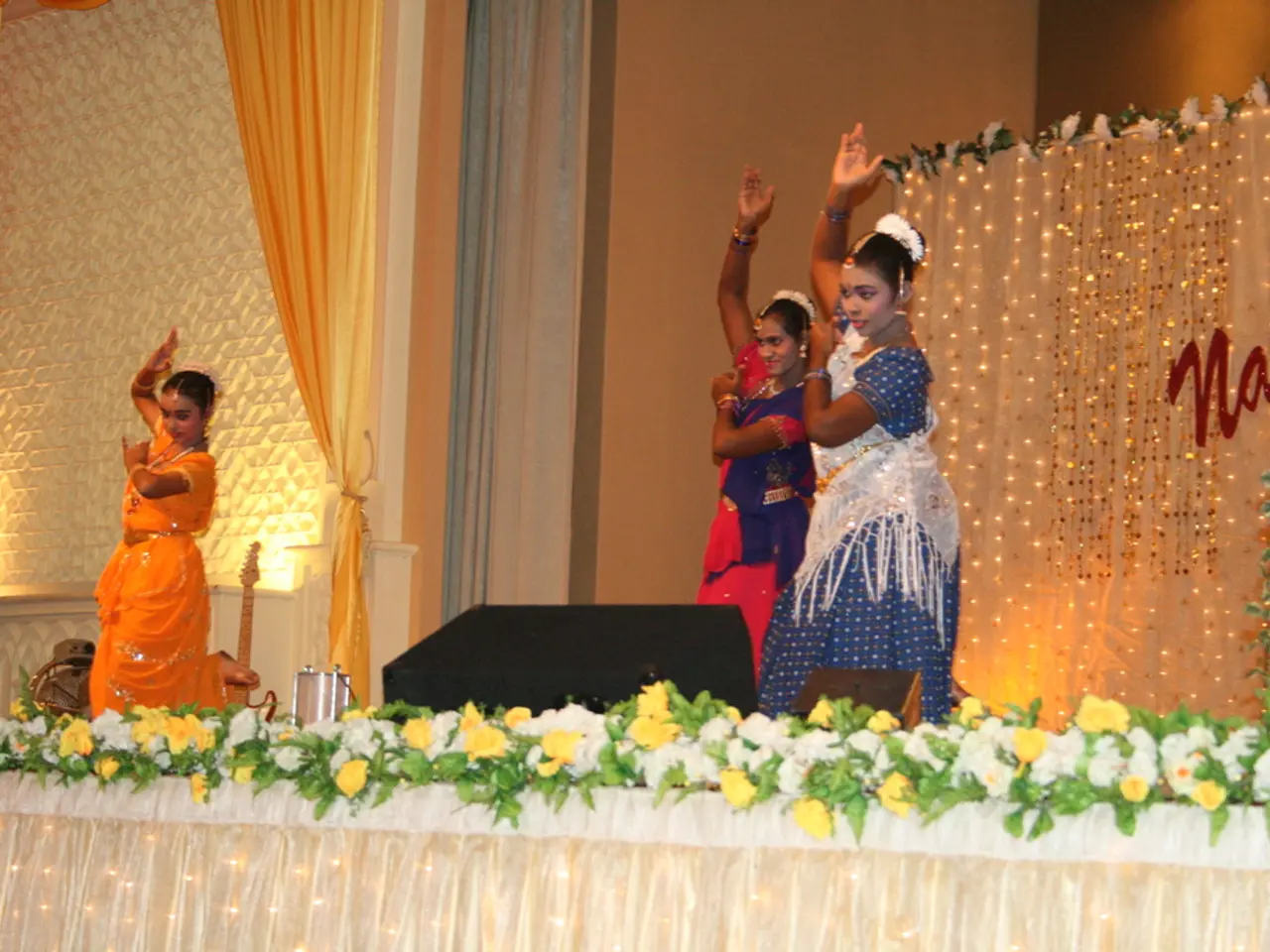Autonomous Spinning of Mysterious Egyptian Statue in Manchester Museum
In the hallowed halls of Manchester Museum, a 10-inch-tall statuette of Neb-Sanu from 1800 BC has been spinning a captivating tale for over 80 years. The statue, an offering to the ancient Egyptian deity Osiris, has been mysteriously rotating, much to the intrigue of visitors and experts alike.
However, fears of an ancient Egyptian curse causing the relic's movement can be laid to rest. After extensive research, no credible evidence has been found to support such a theory. Claims of cursed statues or objects are often seen as myths or legends without scientific backing.
Instead, the statue's movement can be attributed to more practical explanations. Physicist Brian Cox believes the phenomenon is due to differential friction between the glass and the stone statue. Intriguingly, a report from November 2013 revealed that the relic's movement was initially caused by vibrations created by museum visitors.
Egyptologist Campbell Price, the sole possessor of the key to the statue's glass case, believes the statue acts as an alternative vessel for the spirit if the mummy is destroyed. The statue, which would have been placed within the tomb alongside the mummy and offerings, would have been a central part of ancient Egyptian burial rituals.
The statue rotates counter-clockwise very slowly, a motion that can only be seen on a time-lapse video. Interestingly, the hieroglyphics on the back of the relic ask for 'bread, beer, and beef', suggesting that offerings were placed at its feet in ancient times.
Despite the statue's continuous rotation during museum hours, no one appears to approach or move it. Remarkably, the statue stops rotating at night and resumes the next day. The statue's captivating dance has been a source of fascination for many, adding a touch of the mysterious to the Manchester Museum's collection.
The captivating dance of the 10-inch-tall statuette in Manchester Museum serves as a unique blend of entertainment and education for visitors. Meanwhile, general-news outlets have debunked the ancient Egyptian curse theories, attributing the statue's movement to differential friction and initial vibrations caused by museum visitors.







